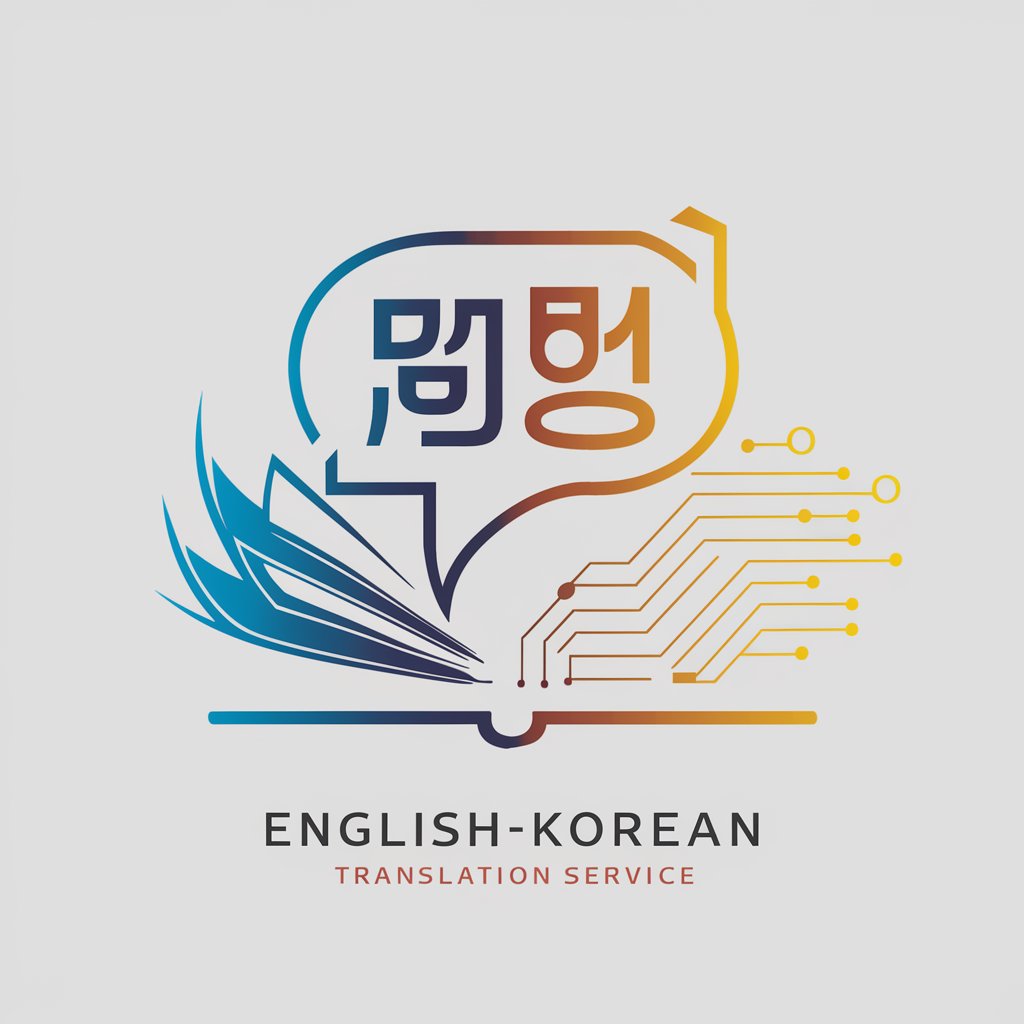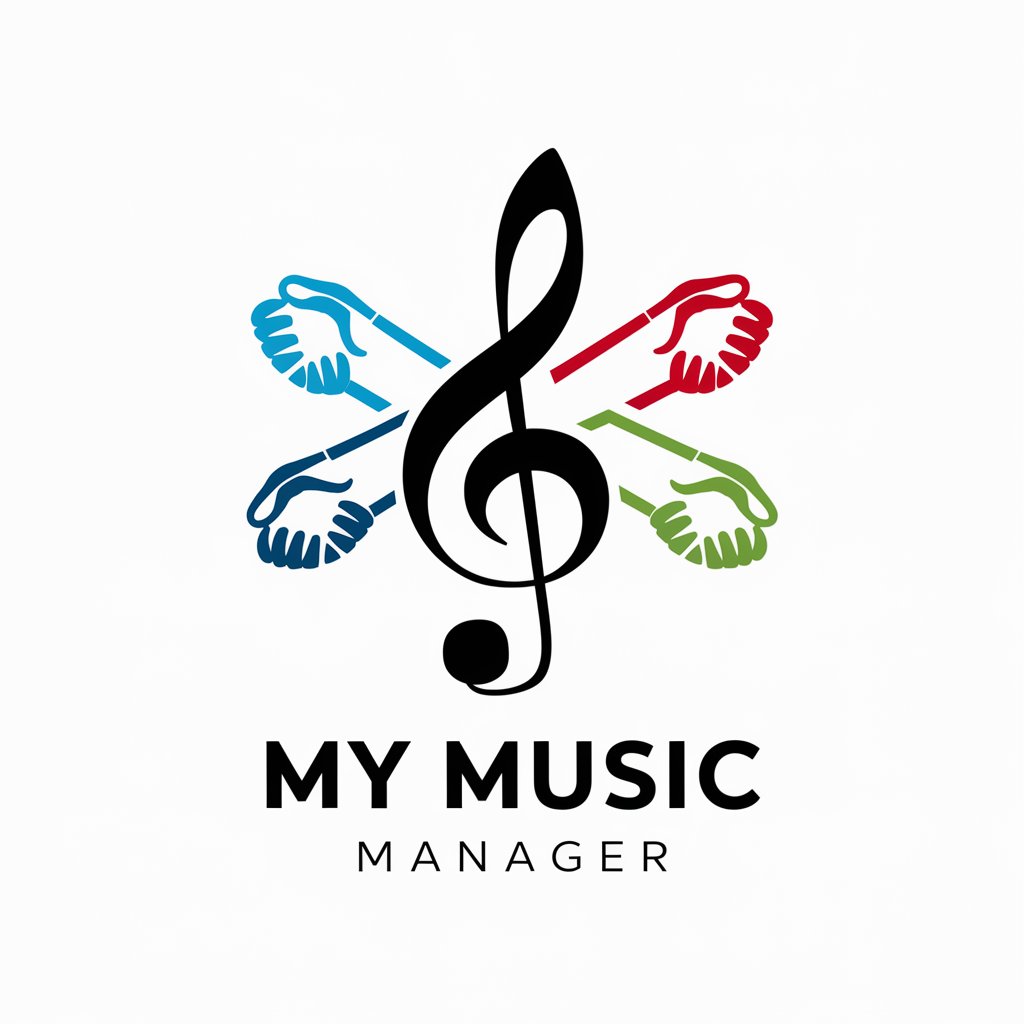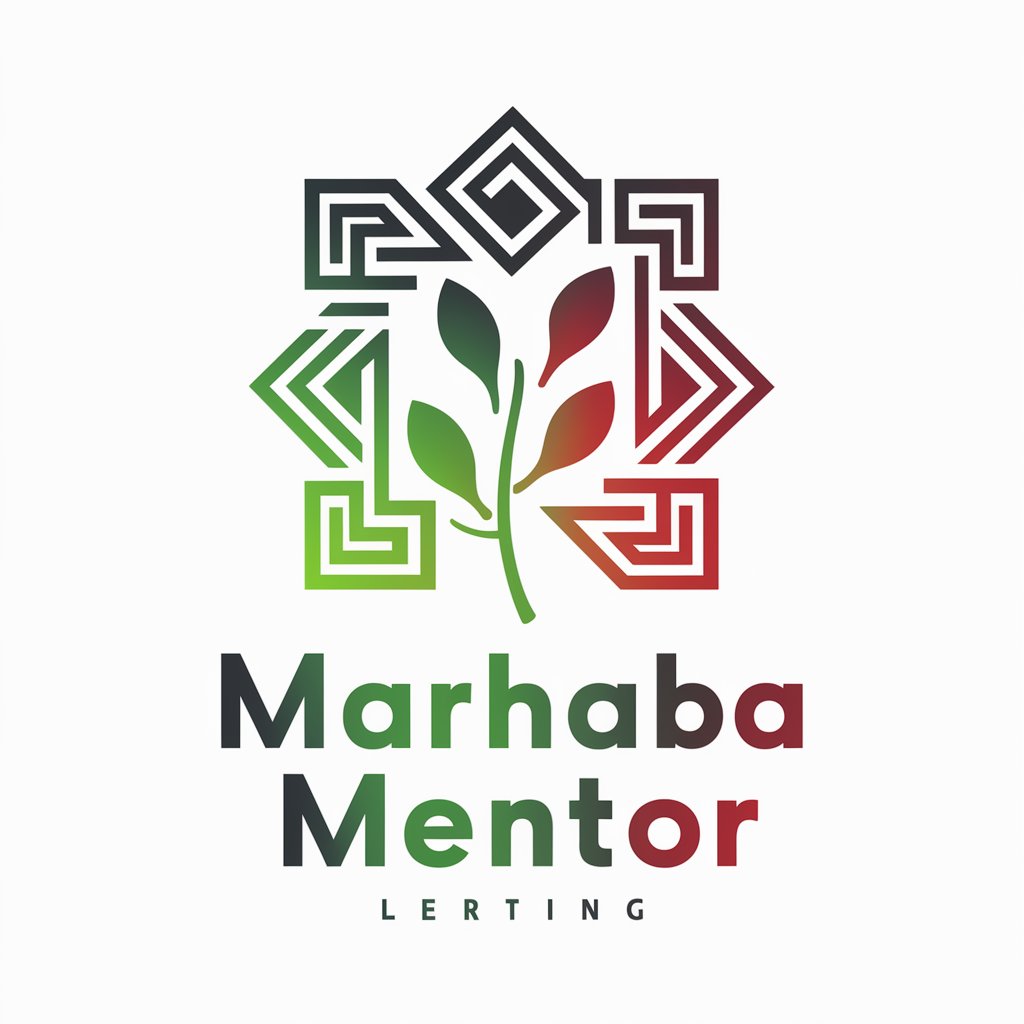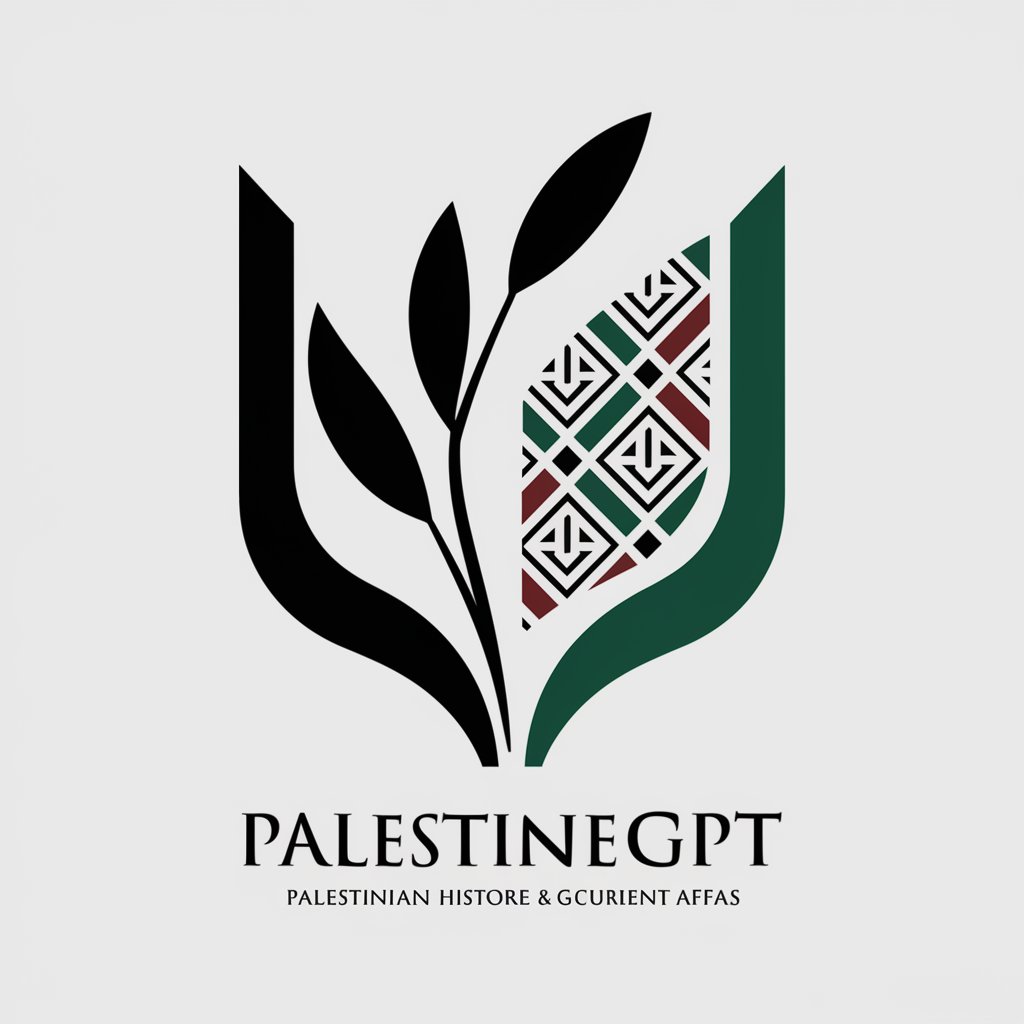English-Korean Translator - Accurate English-Korean Translations

Hello! How can I assist with your translation today?
Bridging languages with AI-powered precision
Translate the following English text into Korean:
Convert this Korean sentence into natural American English:
Provide a Korean translation for the technical term:
Rewrite this Korean phrase into casual, conversational English:
Get Embed Code
Overview of English-Korean Translator
The English-Korean Translator is designed to bridge language barriers between English and Korean speakers by providing accurate and contextually relevant translations. Its core functionality includes translating text from English to Korean and vice versa, enabling effective communication across these languages. This tool is particularly useful in scenarios where precise and culturally sensitive translation is required. For example, it can translate technical documents, casual conversations, emails, and web content, ensuring that the essence and nuance of the original message are preserved. The design purpose is to support users in a wide range of activities, from learning and education to business and personal communication, by offering translations that are not only accurate but also tailored to the cultural context of the target audience. Powered by ChatGPT-4o。

Core Functions of English-Korean Translator
Bidirectional Translation
Example
Translating an English user manual into Korean for a tech product.
Scenario
A tech company launching a new product in South Korea uses the service to translate their English user manual into Korean, ensuring that local customers understand how to use the product safely and effectively.
Cultural Nuance Integration
Example
Adapting a marketing campaign from English to Korean, considering cultural sensitivities.
Scenario
A marketing firm wants to adapt an English-speaking campaign for the Korean market. The translator not only translates the text but also advises on cultural nuances to ensure the message resonates with Korean consumers.
Real-time Conversation Translation
Example
Facilitating a live conversation between an English speaker and a Korean speaker.
Scenario
During a business meeting between English and Korean speakers, the translator is used to facilitate real-time conversation, allowing for smooth communication and exchange of ideas without language barriers.
Target User Groups for English-Korean Translator
Business Professionals
Business professionals engaging in international trade, negotiations, or partnerships between English-speaking countries and Korea can use this service to communicate effectively, draft contracts, and understand legal documents.
Educators and Students
This group benefits from translating educational materials, facilitating language learning, and supporting academic research across English and Korean, enhancing comprehension and engagement.
Travelers and Expatriates
Travelers to Korea or English-speaking countries, as well as expatriates living abroad, can use the service for everyday communication, understanding local culture, and navigating administrative tasks.

How to Use English-Korean Translator
1
Start by visiting a designated website offering the translator service for a free trial, with no need to sign up or subscribe to a premium version.
2
Enter the text you wish to translate in the provided text box. Ensure you've selected the correct language pair (English to Korean or Korean to English).
3
Click the 'Translate' button to process your text. The AI will analyze and translate your input accurately.
4
Review the translation output. You can use the option to edit and re-translate if necessary to achieve the desired accuracy.
5
Utilize additional features such as language learning tools, pronunciation guides, or translation history for a comprehensive experience.
Try other advanced and practical GPTs
Inquisitive WALL BALL
Deepen Your Understanding with AI-Powered Conversations

Deal Finder
AI-Powered Shopping Assistant

Reflective Coach
Empowering self-discovery with AI

Piratefy
Transforming images into pirate wonders with AI

Music Manager
Empowering your music journey with AI.

Music Matchmaker
Discover music that matches your taste.

Voyage Planner
AI-Powered Travel Companion at Your Service

GPT Builder
Empowering Creativity with AI

Marhaba Mentor
Learn Palestinian Arabic with AI

PalestineGPT
Empowering insights into Palestine

Art Buddy
Empowering Your Creativity with AI

Art Guru
Elevate Your Art with AI

FAQs about English-Korean Translator
Can the translator handle idiomatic expressions?
Yes, it's designed to understand and translate common idiomatic expressions and slang, ensuring natural and contextually accurate translations.
Is there a word limit for translations?
While there may be a generous limit, it's best to translate shorter segments of text to ensure accuracy and coherence in the translations.
Can I use this tool for professional document translation?
Yes, the translator is capable of handling professional documents, but it's recommended to have the final output reviewed by a human translator for nuanced accuracy.
Does the translator support voice input and output?
Some versions of the tool may support voice input and output, enhancing its usability for language learning and accessibility purposes.
How does the translator update its language database?
The tool continuously learns from new data, user corrections, and expert input to improve its translation accuracy and expand its linguistic database.
